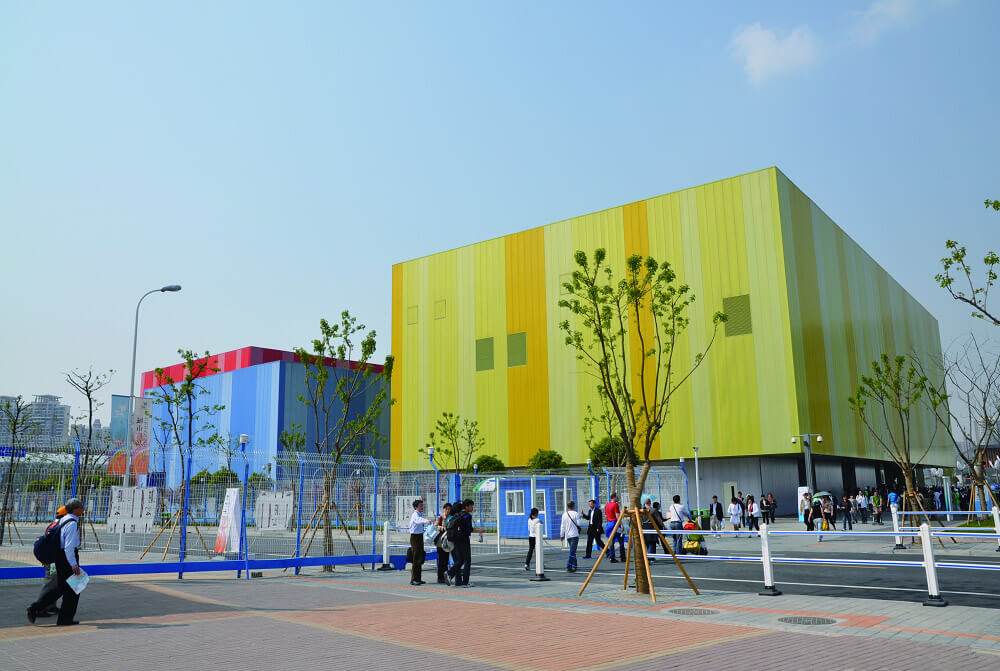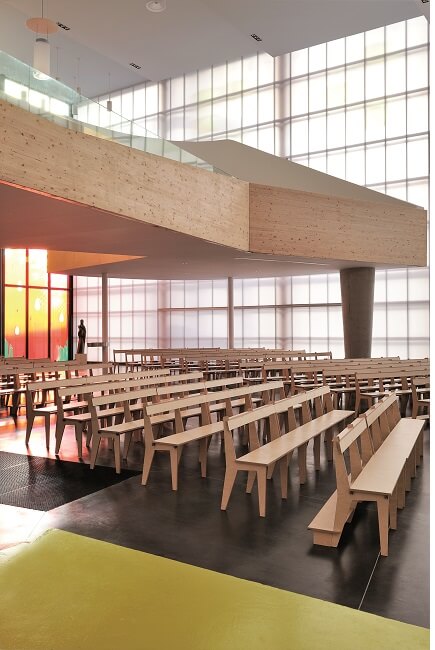
Sometimes we forget that architecture was, perhaps, one of the first creative endeavors that human beings pursued. The magnificent structures that astound us, whether it’s the enormous arrangement of stones at Stonehenge or the tombs of ancient Egypt, are amazing for the skill, science, and art that went into their construction. They’re also amazing because they’re still here. Buildings have that capacity to inspire us with an awareness of what our ancestors were capable of. It’s unfortunate that, in today’s world, we fail to expect buildings to rise to that same level of awe-inspiring wonder. Maybe that needs to change.
Danpal wasn’t around when the stones were put in place at Stonehenge or when the tombs of the Egyptian pharaohs were constructed. We’re proud of our 50 years in the building industry but we can’t claim the longevity of the ancient world or the early centuries. But we can proudly lay claim to one aspect of those past achievements: we also believe that buildings should be built to last. Those architects of earlier civilizations didn’t have the advantage of the technology that we employ, but they were also dealing with the same adversary that we face, and that’s weather. Imagine what they could have achieved if they’d had access to Danpal facades!
 Facades Can Stop Weather Damage Before It Starts
Facades Can Stop Weather Damage Before It Starts
Buildings built in different climates face different challenges. Stonehenge and the Egyptian tombs don’t have the same weather to endure. Architects set to work with their meteorology and their geography firmly in mind. The façade that’s right for wet, damp, rainy England wouldn’t work for the dry desert of Egypt. Fortunately, there’s a great deal of versatility among facades. You’ll be able to select one that can protect a building from the powerful snowstorms that some parts of the globe experience in winter, as well as the driving rains that soak everything beneath the skies. Choosing the façade that’s right for your climate means choosing the façade that’s going to protect your building for a long time to come.
What Facades Do When Not Protecting Buildings From Weather
There are always times when a building isn’t facing rain, snow, hail, wind or hot sun. But that just means that they’re still at work doing what they always do, no matter the weather. Facades have a functional purpose, but they also have an esthetic role to play in the life cycle of a building as well, and it’s one that also has a connection to nature. But this time, it’s a much more tranquil role.
Danpal has earned a reputation for pioneering what’s called “daylighting architecture.” That’s how we describe the way that we incorporate natural light into the interiors of our buildings. Architects use our facades to create an interior atmosphere that is able to adapt to the changing angles of the light so that exactly the right amount enters, improving the ability to see and also improving the way that we feel. Our human reaction to natural light may seem intangible, but studies show that it’s real; we have a better attitude in general, and we’re more productive on our work, when we’re working in an environment which supports natural light.
